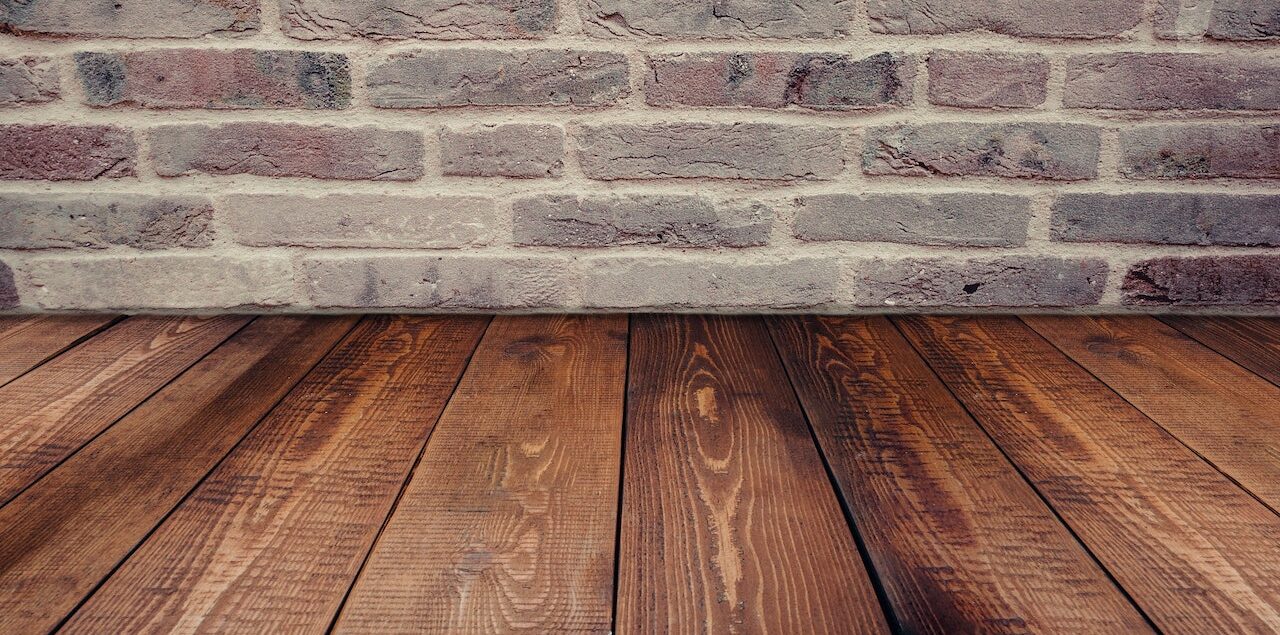Cleaning and Maintaining High Traffic Wooden Floors
The aesthetics of hardwood floors are undeniable. Their appeal is universal – they can match any style of architecture or interior design. That’s why you so often find them in commercial spaces. From coffee shops to office, antique stores to restaurants, hardwood floors are the perfect blank canvas. Unfortunately, in such high-traffic spaces, hardwood floors can get quite dirty. Muddy shoes, spilled drinks, and daily wear and tear can cause serious damage to hardwood floors. When they’re not cleaned properly, your floors can accumulate grime that dulls the wood and shortens its lifespan.
Thankfully, it’s actually easy to clean hardwood floors. With the right tools and techniques, you can keep your floors looking new and preserve their lifespan for as long as possible. Here’s how:
Determine Sealed vs. Unsealed
Before you attempt to clean your hardwood floors, you need to determine if they’re sealed/coated or unfinished. If they’re sealed/coated, you can use a little more water when scrubbing at stubborn stains. If not, you have to be cautious about not soaking the floors. Unsure if your hardwood floors are sealed/coated? Simply drop a few drops of water on the floor and see if they’re absorbed after a few minutes. If yes, then the floor is unfinished or coated with varnish. If the water remains, then the floor is likely sealed/coated. Most hardwood floors are!
Sweep Away Debris
Next, you’ll want to remove as much dirt and debris from your floors as possible. Doing so will stop sharp particles from scratching the surface of the hardwood. Use either a soft-bristled broom or vacuum cleaner with a soft roller head. Avoid using anything too stiff, as sharp particules can damage your floors.
Select a Mild Cleanser
Soiled hardwood warrants alkaline cleaning solutions that are water-based to prevent damage. Follow the usage instructions on the label for best results. Avoid anything acid or bleach-based – furniture wax should also be avoided, as it can stain the wood and result in uneven coloring. Use a microfiber mop for both wet and dry mopping. They’re soft enough to avoid scratching the floor.
Go with the Grain
As you mop, always follow the direction of the woodgrain. Be sure the mop is either slightly damp or dry. Soaking wet mops can cause real issues for unsealed hardwood floors, so it’s best to tread lightly. After everything has dried, give your floors a good buff.
The Right Supplies Make All the Difference
Maintaining hardwood floors isn’t hard with the right tools and equipment. The key lies in consistency. If you’re able to clean and buff your floors regularly, you can expect them to stayin great condition for years to come. If you’re unsure about how to best care for your hardwood floors, contact SaniChem for guidance.

